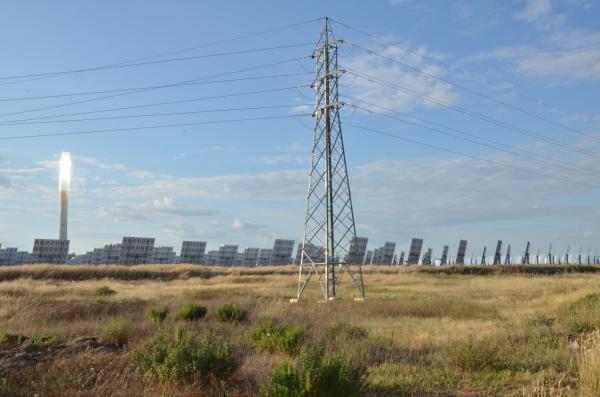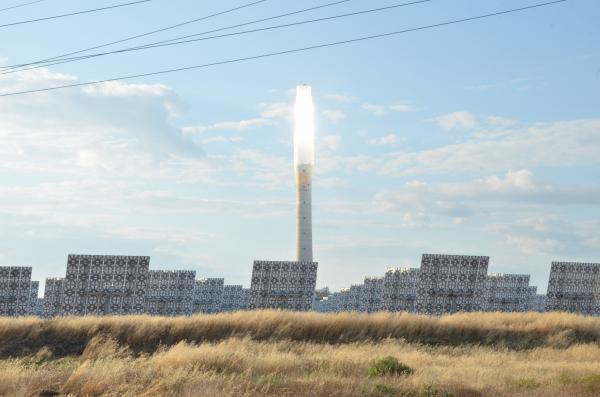By Zero Emissions Noosa
Rooftop solar has been a great success story in Australia and particularly so in the Noosa Shire, where 45 per cent of residential houses and 23 per cent of businesses now have solar panels installed on their roof.
It has been so successful that on many days we now generate more power than we consume and we feed electricity back into the high voltage grid.
But, of course, solar only works when the sun shines, and in the evening, when we use most of our electricity, we still rely on other renewables and fossil fuels. The biggest challenge for the future is to store the solar electricity during the day and to have it available for evening and night time usage.
That means vast amounts of energy storage are required and the global race for efficient and economic energy storage has begun. From heat storage in molten salts (Gemasolar, Spain) and molten silicon (1414 Degrees, South Australia) to the large lithium batteries that we are all familiar with, many technologies are being explored worldwide, and Australia can count itself as one of the pioneers in this area.
In 2017 South Australia’s Tesla battery was the largest battery in the world, and although that title has now gone to the Moss Landing Energy Storage Facility in California, many new large scale battery projects like the Victorian Big Battery are happening all over Australia. A number of alternative battery types are currently being tested and, in South Australia, 1414 Degrees is developing a technology to store very large amounts of heat in molten silicon.
Those large scale batteries are, of course, only one side of the coin, and there may be many more opportunities for smaller batteries in local areas and even at individual properties. Local batteries may be used to soak up over production of solar energy during the day and release it back to the premises or the local network when needed.
To get a better picture of the chances and challenges of smaller batteries Zero Emissions Noosa is currently investigating the opportunities for localised battery storage in the Noosa Shire. We are comparing Noosa’s settings with those of other small to medium size battery projects in Australia to see how these batteries can help the local economy and get us closer to 0 by 26.
For more information check our website, zeroemissionsnoosa.com.au
Thorsten Kels







